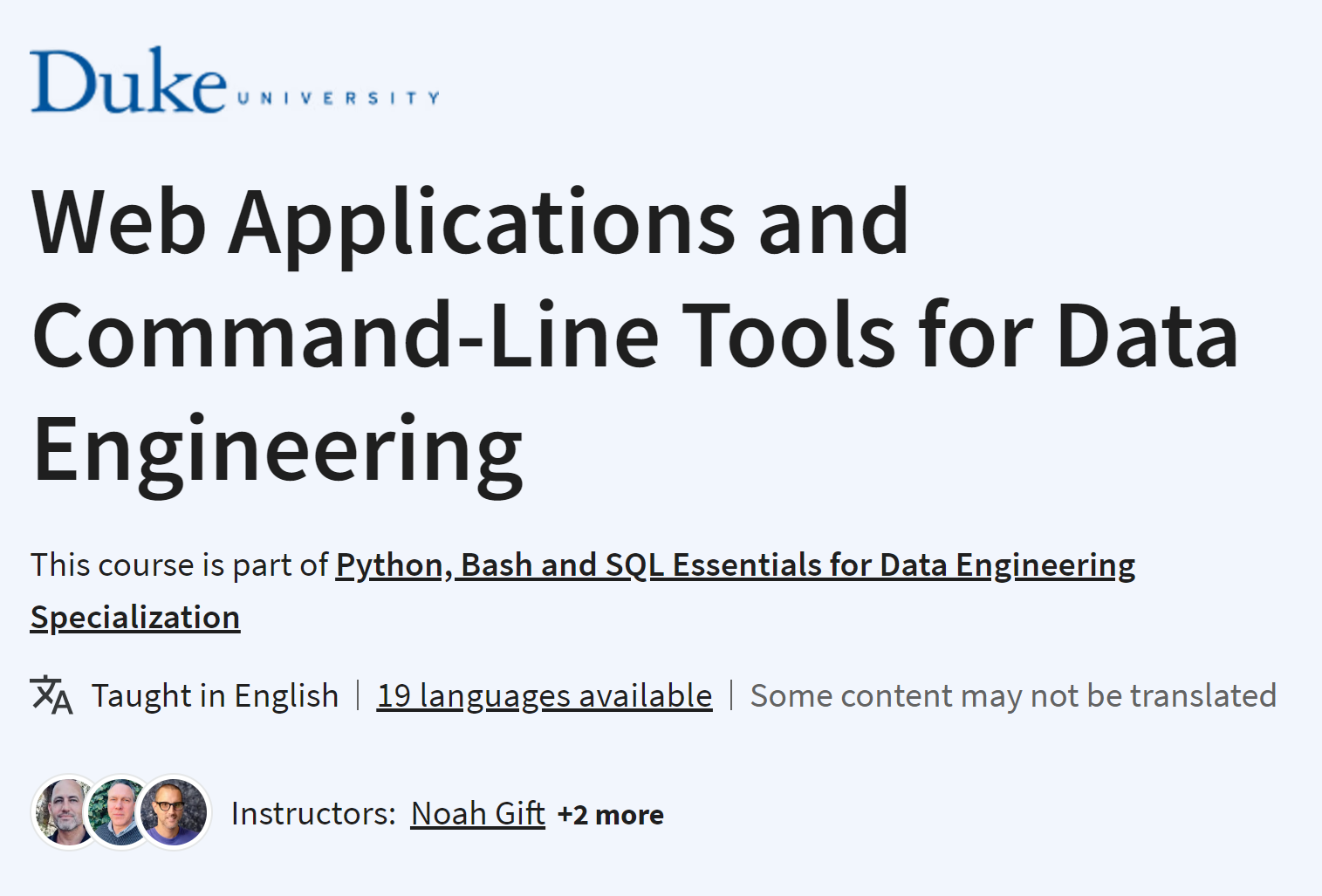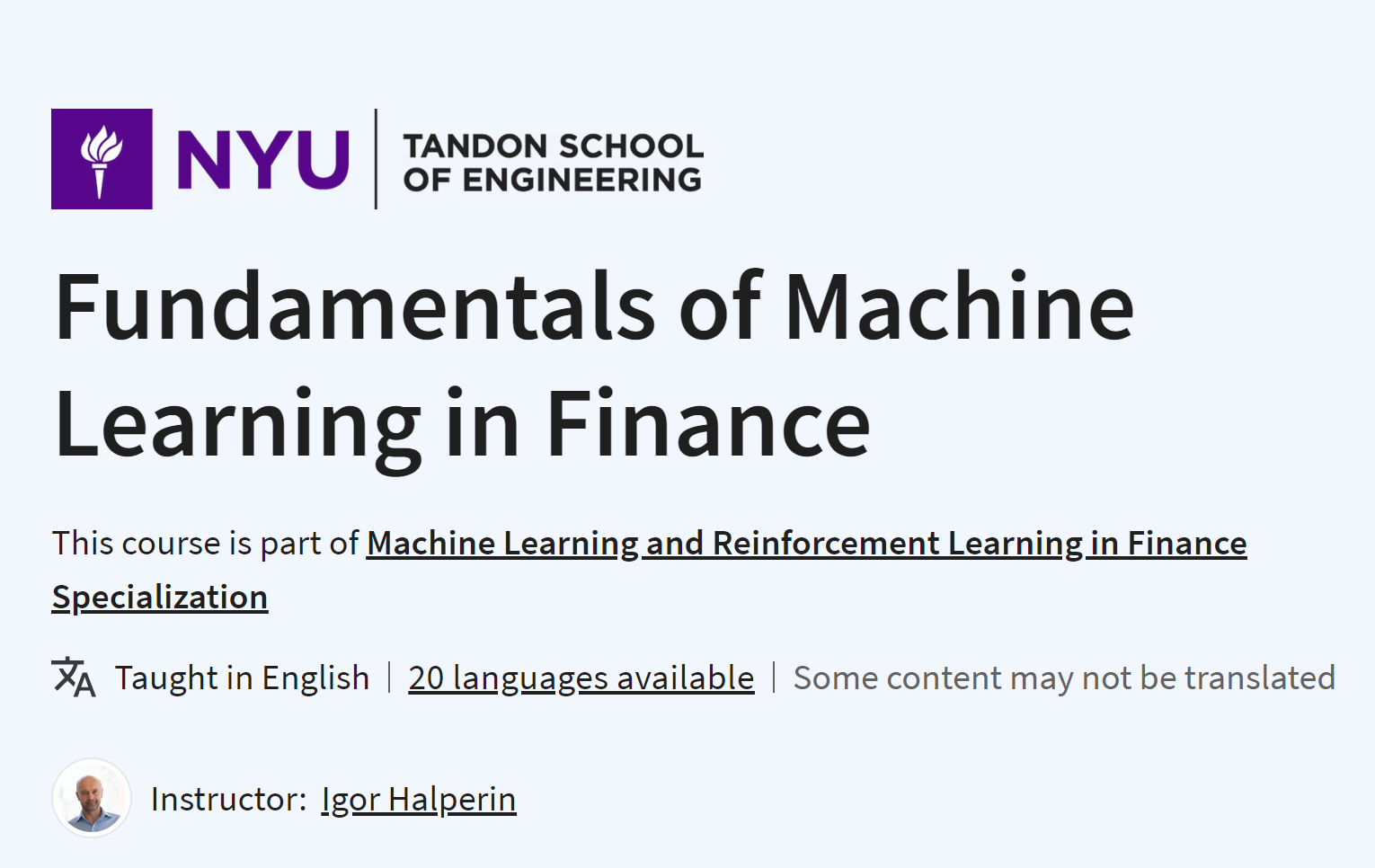%20in%20Finance).jpg)
Financial Machine Learning (Foundations and Trends(r) in Finance)
%20in%20Finance).jpg)
Python Coding February 23, 2024 Machine Learning No comments
%20in%20Finance).jpg)
Python Coding February 23, 2024 Python Coding Challenge No comments

Python Coding February 22, 2024 Data Science, Python Coding Challenge No comments
.png)
Python Coding February 21, 2024 Python Coding Challenge No comments

Python Coding February 21, 2024 Python No comments
Python Coding February 21, 2024 Python Coding Challenge No comments

Python Coding February 20, 2024 Coursera, Cybersecurity, Python No comments

Python Coding February 20, 2024 Coursera, Cybersecurity, Python No comments

Python Coding February 20, 2024 Coursera, Python, security No comments

Python Coding February 20, 2024 Cybersecurity, Python No comments

Python Coding February 20, 2024 Cybersecurity, IBM No comments

Python Coding February 19, 2024 Coursera, Django, web application No comments

Python Coding February 19, 2024 Coursera, Django, web application No comments

Python Coding February 19, 2024 Coursera, data management, web application No comments

Python Coding February 19, 2024 Coursera, data management, Django, web application No comments

Python Coding February 19, 2024 Coursera, Django, web application No comments

Python Coding February 19, 2024 Python Coding Challenge No comments

Python Coding February 19, 2024 Coursera, Finance, Machine Learning No comments

Python Coding February 19, 2024 Coursera, Finance, Machine Learning No comments

Python Coding February 19, 2024 Coursera, Finance, Machine Learning No comments
Python Coding February 19, 2024 Course, Finance, Machine Learning No comments

Python Coding February 19, 2024 Coursera, Finance, Python No comments

Python Coding February 18, 2024 Books, Python No comments

Python Coding February 18, 2024 Python Coding Challenge No comments

Python Coding February 17, 2024 Data Science, Python No comments

Python Coding February 17, 2024 Python Coding Challenge No comments

Python Coding February 17, 2024 Coursera No comments
Python Coding February 16, 2024 Python Coding Challenge No comments
.png)
Python Coding February 16, 2024 Books, Python No comments

Python Coding February 15, 2024 Google, Python No comments

Python Coding February 15, 2024 Cybersecurity, Python No comments

Python Coding February 15, 2024 Python No comments

Python Coding February 15, 2024 Google, Machine Learning, Python No comments

Python Coding February 15, 2024 data management, Google, Python No comments

Free Books Python Programming for Beginnershttps://t.co/uzyTwE2B9O
— Python Coding (@clcoding) September 11, 2023
Top 10 Python Data Science book
— Python Coding (@clcoding) July 9, 2023
🧵:
Top 4 free Mathematics course for Data Science ! pic.twitter.com/s5qYPLm2lY
— Python Coding (@clcoding) April 26, 2024
Web Development using Python
— Python Coding (@clcoding) December 2, 2023
🧵: